by Eric Meier
There’s just something within human nature that loves to see things ordered and ranked: we want a champion. One might watch a basketball game, where the two teams battle back and forth in lock-step into double overtime, only to have the winning team go ahead by a single basket at the buzzer. Did this necessarily determine who the better team truly was? Maybe, maybe not; but we need finality, we need separation, we need a champion.
With this intrinsic urge in mind, I’ve compiled a top ten list of the heaviest woods in the world. Keep in mind that wood density can vary by an average of plus or minus 10% between samples (called the coefficient of variation), so it’s entirely possible that a sample of the tenth-ranked wood on this list could easily weigh more than a sample of the first ranked wood on this list. Some of these species weigh, on average, only a few tenths of a pound more per cubic foot than their nearest rivals: certainly no conclusive ranking should be inferred from the list. But nonetheless, we want someone to take home the gold medal—we need a champion crowned—so here are the top ten heaviest woods in the world:
|
|
||
 |
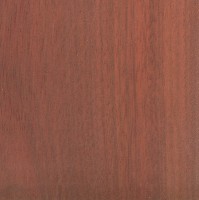 |
Bloodwood(Brosimum rubescens)74.6 lbs/ft3Though Bloodwood can be difficult to work with (splintery and hard), it’s color and density are unrivaled. Cost is relatively low for an exotic wood. |
|
|
||
 |
 |
Mopane(Colophospermum mopane)76.8 lbs/ft3An unsung hero among African woods, Mopane is often overlooked or ignored, yet it has superb acoustic qualities, and is used as a substitute for African Blackwood. |
|
|
||
 |
 |
Leadwood(Combretum imberbe)77.1 lbs/ft3Another exceptionally hard African wood, the name says it all. Leadwood is seldom seen for sale, and is reported to be protected in South Africa–a very elusive timber. |
|
|
||
 |
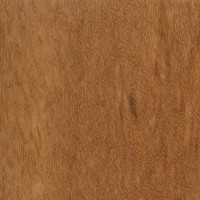 |
Quebracho(Schinopsis spp.)77.1 lbs/ft3From the Spanish “quebrar hacha,” which literally means “axe breaker.” Aptly named, wood in the Schinopsis genus is among the heaviest and hardest in the world. |
|
|
||
 |
Snakewood(Brosimum guianensis)79.0 lbs/ft3It’s easy to see what makes Snakewood so unique–its patterns and markings resemble the skin of a snake. Limited supply and high demand make this one of the most expensive woods on earth! |
|
|
|
||
 |
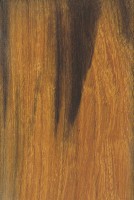 |
Desert Ironwood(Olneya tesota)79.2 lbs/ft3This wood is a hobbyist favorite. Too small to be a viable timber tree, this wood’s colorful grain and high density are restricted to small specialty projects. |
|
|
||
 |
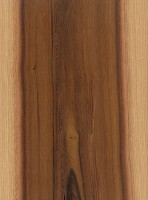 |
Black Ironwood(Krugiodendron ferreum)81.1 lbs/ft3Pieces are very seldom seen for sale, as this tree is too small to produce commercially viable lumber. Like the unrelated Desert Ironwood, Black Ironwood is an excellent choice for small turning projects. |
|
|
||
 |
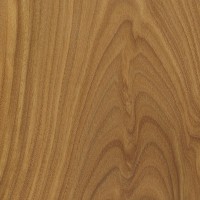 |
Verawood(Bulnesia arborea)81.2 lbs/ft3Sometimes called Argentine Lignum Vitae, this wood is a gem: inexpensive, great olive-green color, beautiful feathery grain pattern, and it takes a great natural polish on the lathe. |
|
|
||
 |
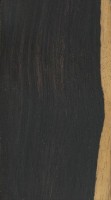 |
African Blackwood(Dalbergia melanoxylon)81.7 lbs/ft3In some parts of the world, this wood has achieved an almost legendary status. Historical evidence points to this wood (rather than Diospyros spp.) being the original “ebony.” |
|
|
||
 |
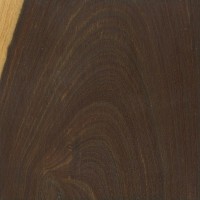 |
Lignum Vitae(Guaiacum officinale)84.4 lbs/ft3Widely accepted as the heaviest wood in the world–this wood has been listed as an endangered species and is listed in CITES. Consider Verawood as a very close substitute. |
|
|
||
Other notes:
- Water weighs 62.3 pounds per cubic foot at room temperature (70 degrees F), so all the woods listed above will readily sink in water.
- Density listings are for woods at a dried weight of 12% moisture content.
- A common objection might be: “I live in [insert some faraway place here], and we’ve got trees that are much harder than any of these woods! Why didn’t you include this wood on the list?” Keep in mind that this article was written from an American perspective, with availability and popularity taken into account. There are probably all sorts of obscure shrubs and small trees that yield wood which can be quite heavy, but they’re just not seen in use by the majority of American woodworkers, nor are they reliably documented in woodworking publications.
No comments:
Post a Comment